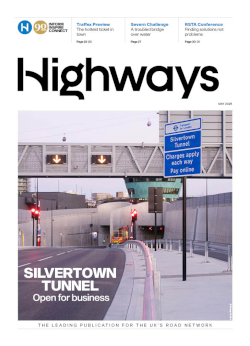The Director of Google's self-driving car programme has confirmed that his prototype vehicles have occasionally had to cede control to humans to avoid an accident or another problem.
America's Driverless Transportation website quotes Chris Urmson, who addressed the annual Transportation Research Board meeting in Washington, DC.
It says Urmson shared numbers on disengagement, the term used when a self-driving vehicle disengages from the autonomous mode, and gives control back to the human driver in the car, or when the driver takes control back from the vehicle.
Google has had 341 safety disengagements since it began testing its cars on public roads in November 2014. Of those, 272 were triggered by Google software and 69 were triggered by the human driver.
Disengagements may sound scary but they happen all the time, Google reports. They might occur when the car slows in unusual weather, or the communication system suffers a momentary glitch, or the car accelerates in an odd way.
Hence, Google uses the term safety disengagements to describe when the giving up of control is not routine.
Urmson emphasized that the 341 safety disengagements happened during the more than 424,000 miles that the car drove itself over 13 months.
And, things are getting better, he said, because one safety disengagement happened every 5,318 miles in 2015's fourth quarter compared with one every 785 miles in quarter four 2014.
The site says a human did prevent at least 13 accidents, or contact with another car or object, according to Google's analysis of the 69 times a driver took control of the car. In two of those the contact would have been with a traffic cone.
These comments are interesting because Google's stated goal is to have a completely autonomous car without a steering wheel to allow human intervention.





